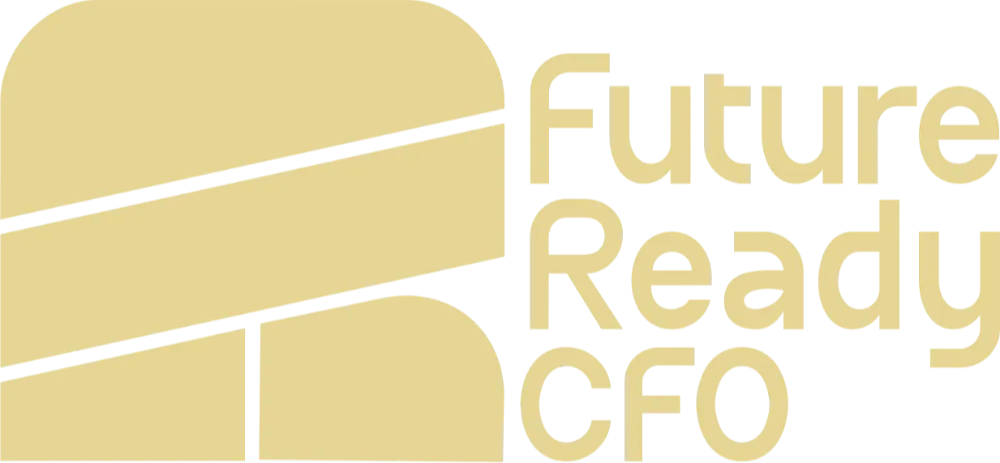
Introduction: When Retail Is Your Growth Engine
For many food, beverage, and consumer packaged goods (CPG) brands, the real growth driver isn’t ad spend or website traffic—it’s distribution. Securing a spot on shelves at Whole Foods, Target, Walmart, or regional grocery chains can transform your revenue trajectory overnight.
That’s where store-based forecasting comes in. This method projects revenue by focusing on two levers you can directly track:
- Number of stores carrying your product (store count)
- Sales velocity per store (units sold per store per period × unit price)
If retail distribution is central to your business, this method is one of the most straightforward and actionable ways to build a revenue forecast.
👉 This blog is part of our forecasting series, which also includes deep dives into Website-Based Forecasting, Customer-Based Forecasting, Market Share-Based Forecasting, and Cohort-Based Forecasting. For a complete overview of all methods, check out our parent guide: The Essential Guide to Revenue Forecasting for Your Startup Food or CPG Business.
What Is Store-Based Forecasting?
The formula is simple:
Revenue = Store Count × Sales per Store × Price per Unit
- Store Count: How many retail doors you’re in.
- Sales per Store (Velocity): Average number of units sold per store per period.
- Price per Unit: Wholesale or retail price, depending on how you model revenue.
Sample Computation
Imagine a brand selling into 1,000 retail stores.
- Store Count: 1,000
- Sales Velocity: 30 units per store, per month
- Price per Unit: $10
Revenue = 1,000 × 30 × $10 = $300,000 per month
This makes it easy to see the impact of distribution expansion. For example:
- Adding 200 more stores at the same velocity lifts revenue to $360,000/month.
- Increasing velocity to 40 units per store raises revenue to $400,000/month—without adding a single new door.

When Store-Based Forecasting Works Best
This method is a strong fit if:
- Retail distribution is your primary sales channel.
- Sales volume is closely correlated to store count.
- You’re executing a growth strategy that depends on increasing distribution.
It’s less useful if your business is primarily DTC or wholesale, but for retail-driven brands, it’s often the most strategic forecasting tool.
Practical Considerations
While the math is simple, the challenge is data access:
- Store-level velocity data can be hard (and expensive) to get.
- Retailers and distributors may only provide high-level or lagged reporting.
- You need to build the model using data that you can reconcile monthly, allowing you to compare forecasts with actuals and adjust assumptions accordingly.
A common approach is to break out forecasts by retailer and region. This allows you to apply different store counts, velocities, and prices for each, then roll them up into a total revenue forecast.
Why Founders Like This Method
- Clear linkage to distribution strategy: Every new store opened = incremental revenue.
- Easy to scenario plan: Model what happens if you add 500 Target doors or lift velocity in existing accounts.
- Investor-friendly: Shows how expansion tangibly drives top-line growth.
Limitations
- Requires accurate velocity data, which can be costly or incomplete.
- Doesn’t capture DTC or marketplace sales, so it’s often used alongside other models.
- Assumes stable velocity, though in reality, sales per store vary by region, retailer, and promotion.
Conclusion
Store-based forecasting is one of the best tools for retail-focused brands. By tying revenue directly to store count and velocity, it gives founders and investors a clear picture of how distribution drives growth.
If getting on more shelves is your growth lever, this is the forecasting method to rely on.
👉 This blog is part of our forecasting series, which also covers Website-Based Forecasting, Customer-Based Forecasting, Market Share-Based Forecasting, and Cohort-Based Forecasting methods. For the complete overview, visit our parent guide: The Essential Guide to Revenue Forecasting for Your Startup Food or CPG Business.
Want more like this?
Join our newsletter list and every Thursday morning you can look forward to actionable insights and free tools for scaling your brand.
We hate SPAM. We will never sell your information, for any reason.

